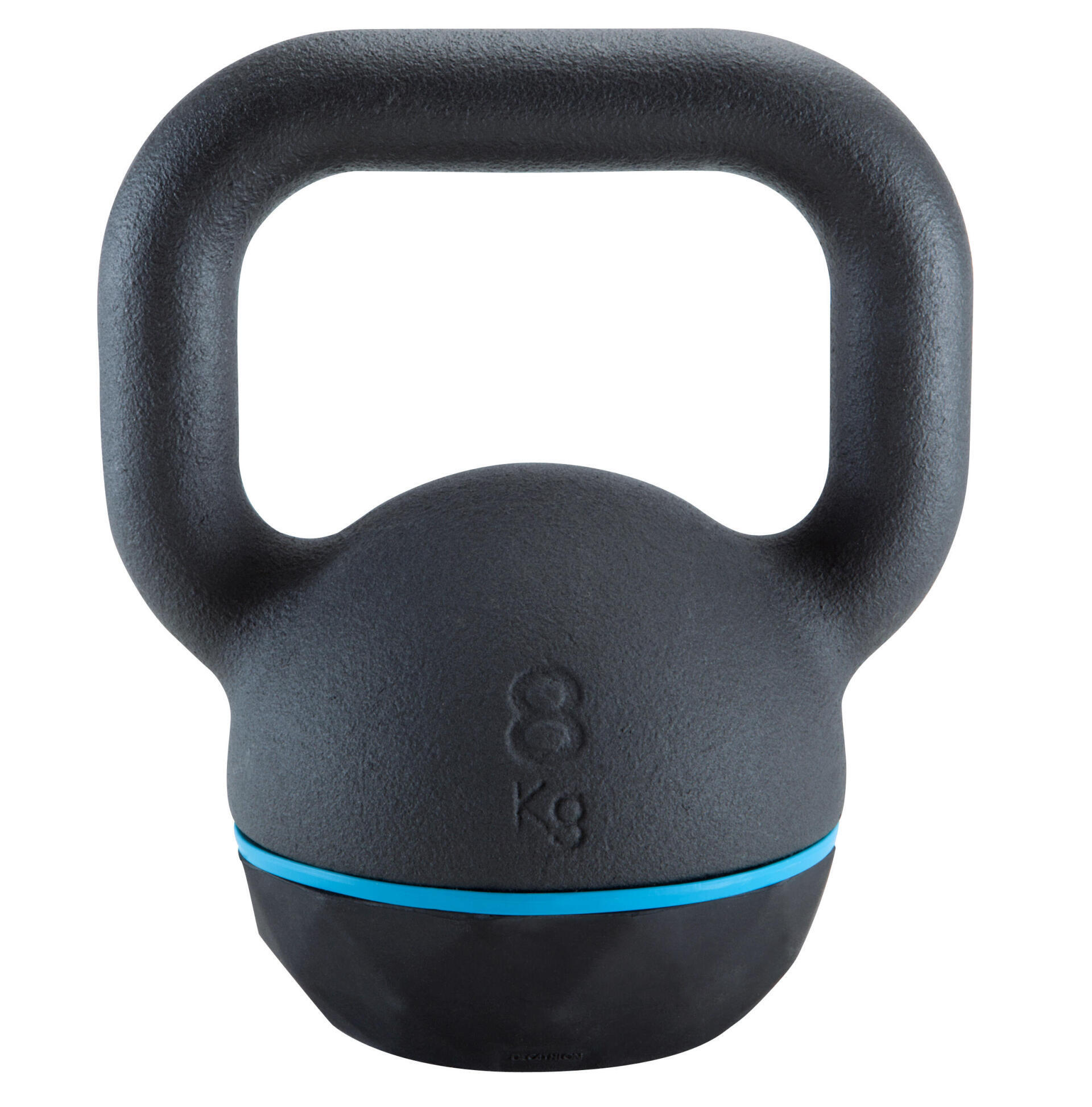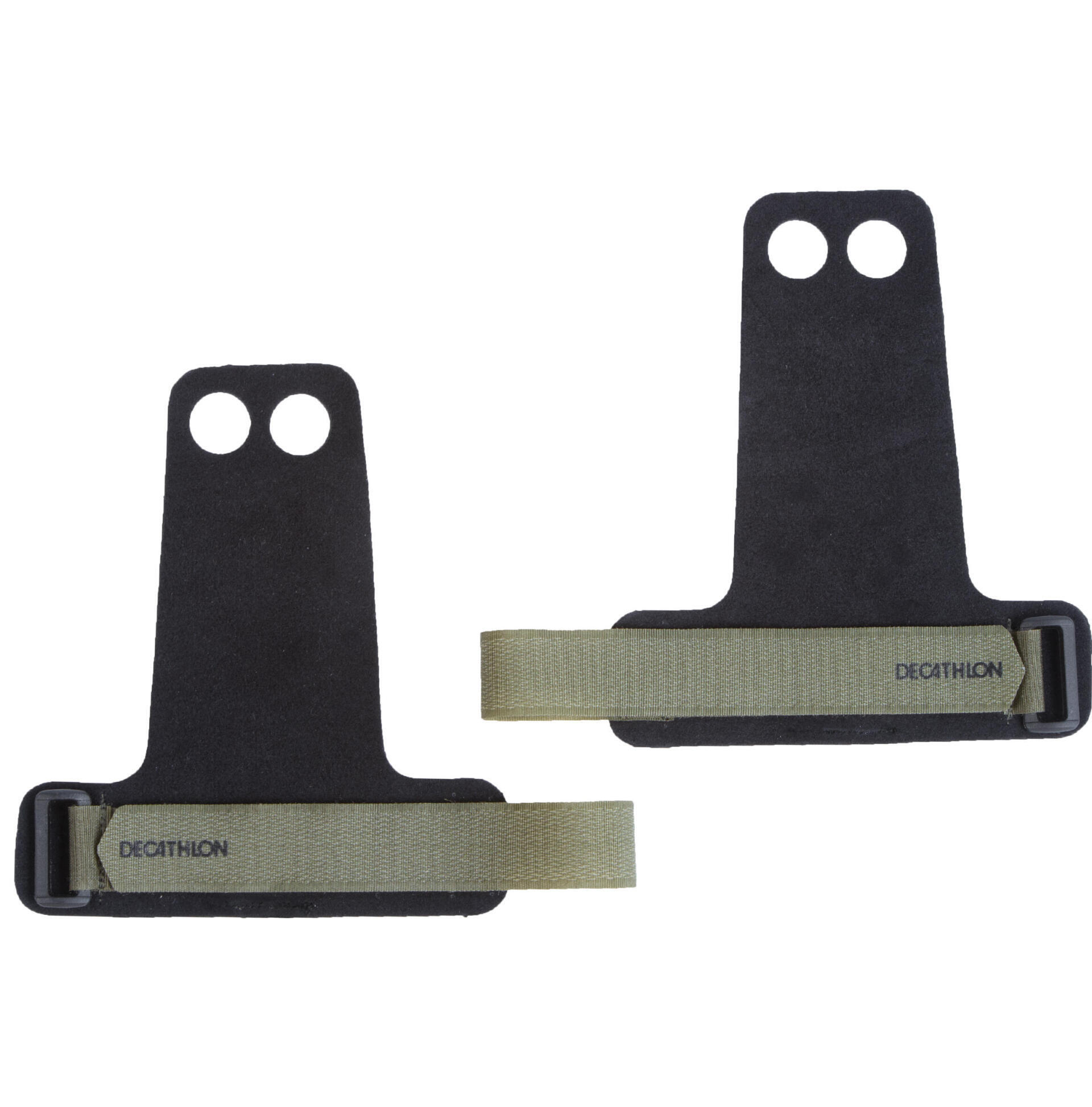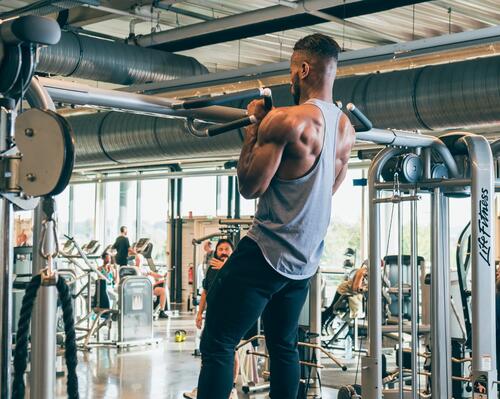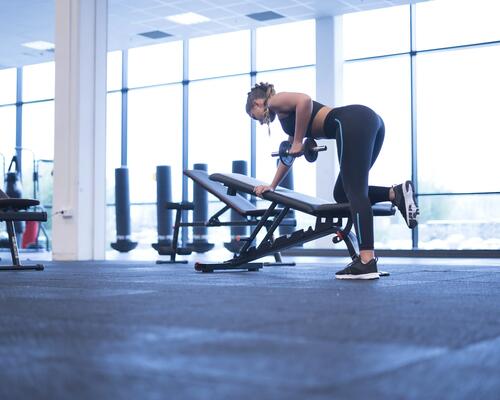What is cross-training?
It's grown fast in the last few years and has established itself as the fitness discipline. Cross-training is a functional training method that calls on all your muscles, using a wide range of exercises performed at high intensity. It's ideal for building your strength and muscles or if you just want to complement your sports training sessions.
This accessible training method is a combo of different activities, from weight-lifting to athletics and gymnastics. Each workout focuses on several aspects of fitness. Cross-training differs from other fitness activities for the following reasons:
*It's more intense than a conventional weight training session. A cross-training session involves a series of exercises that work on strength and speed and use every muscle.
*Sessions are made up of functional movements. These movements use all the muscle chains to produce natural movements such as running, jumping, pushing, throwing and pulling.
*A wide range of exercises. Inspired by weightlifting and gymnastics, cross-training sessions are extremely varied.
Cross-training is a unique and very effective training method that owes nothing to routine.










